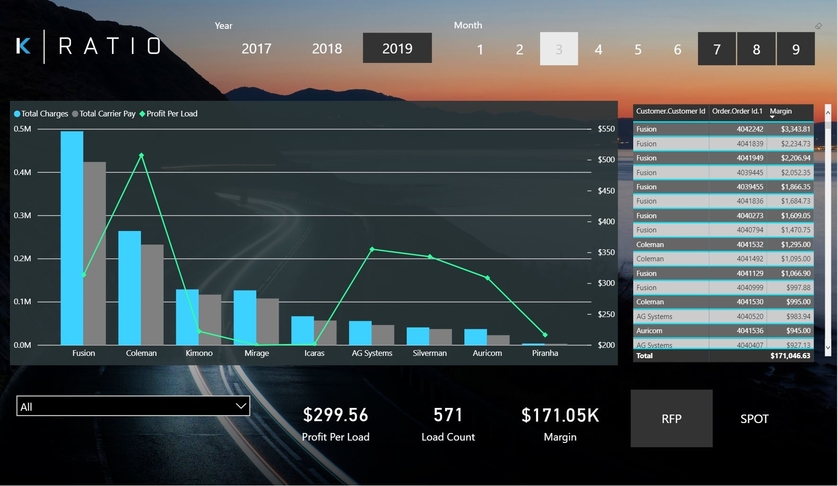KPI of the Day – Investment: # Kestner ratio or K-ratio

Definition
Measures the performance of a stock portfolio relative to its risk.
Purpose
To assess the appreciation of wealth and the consistency of wealth creation.
Definition
This ratio is introduced by Lars Kestner in 1996, as a complement to the Sharpe ratio. As the Sharpe ratio is insensitive to the order of a portfolio’s period returns, this KPI aims to remedy this shortcoming.
The # K-ratio helps quantify two main elements: the appreciation of wealth and the consistency of wealth creation. Financiers who employ the # Sharpe ratio are recommended to also use the # K- ratio, in order to achieve more accurate results. It is because the limitations in the # Sharpe ratio, mainly the inability to capture the differences in monthly returns, are covered by the # K-ratio.
This is particularly important when presenting a complete and fully documented investment portfolio to investors and shareholders. As the # K-Ratio aims to remedy the shortcomings of the # Sharpe ratio, it is also useful for financiers to use both ratios to crosscheck the results and prevent human errors that may come with the calculations.
In addition, the merit of K-ratio is its ability to showcase consistency of returns through equity curves comparisons, which are believed to have a significant influence on product pricing decisions.
Several recommendations to optimize the indicator are as follows:
- Employ the # K-ratio indicator upon devising and reviewing trading strategies;
- Complement the ratio with other indicators, such as the # Sharpe Ratio and # MAR ratio;
- Ensure technology support for automated process and increased accuracy in data collection.
Reporting on this KPI is dependent on accurate modeling and precise calculation of both return and risk.
A zero result of this ratio indicates no wealth was created, nor was any of it destroyed over the time. The larger the figure, the better the outcome.
Image source:

Tags: Investments, KPI




